
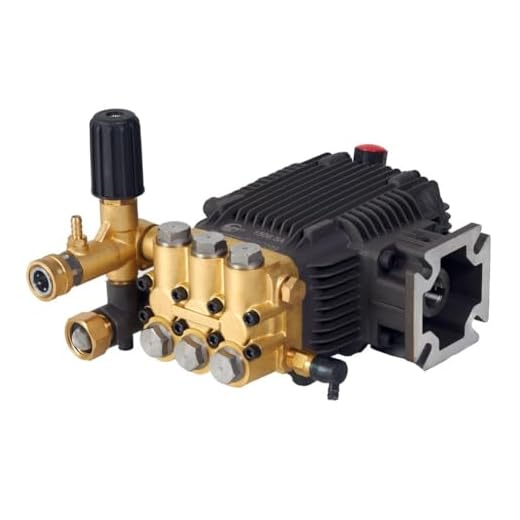


To achieve optimal cleanliness, utilising a vigorous cleaner is paramount. These devices leverage mechanical components, specifically an electric motor or a petrol engine, to convert fuel into kinetic energy. The heart of the operation lies in the pump, where the magic unfolds. As the motor runs, it drives the pump that draws in water from a source, directing it through a series of hoses and fittings.
The key aspect to note is the pressure transformation. Water enters the pump at low pressure and is expelled at a significantly augmented rate via a nozzle. This is facilitated by a combination of pistons and a crank, which increases the water’s velocity and, consequently, its force upon impact with dirt and grime. Choosing the right nozzle is critical, as it determines the spray pattern and intensity, allowing for adjustments tailored to different surfaces and cleaning tasks.
Moreover, the incorporation of detergent in the cleaning process can enhance results. It’s essential to select a model that accommodates chemical solutions, as this provides an added layer of efficacy against stubborn stains. By carefully considering the specifications of each model, you can maximise its productivity, ensuring every cleaning task becomes swift and effective.
Understanding the Components of a High Pressure Cleaner
Each element in a cleaning unit plays a pivotal role in its functionality. Key components encompass the motor, pump, hose, nozzle, and detergent tank. Knowing their specific functions aids in maintaining and troubleshooting the unit.
Motor and Pump
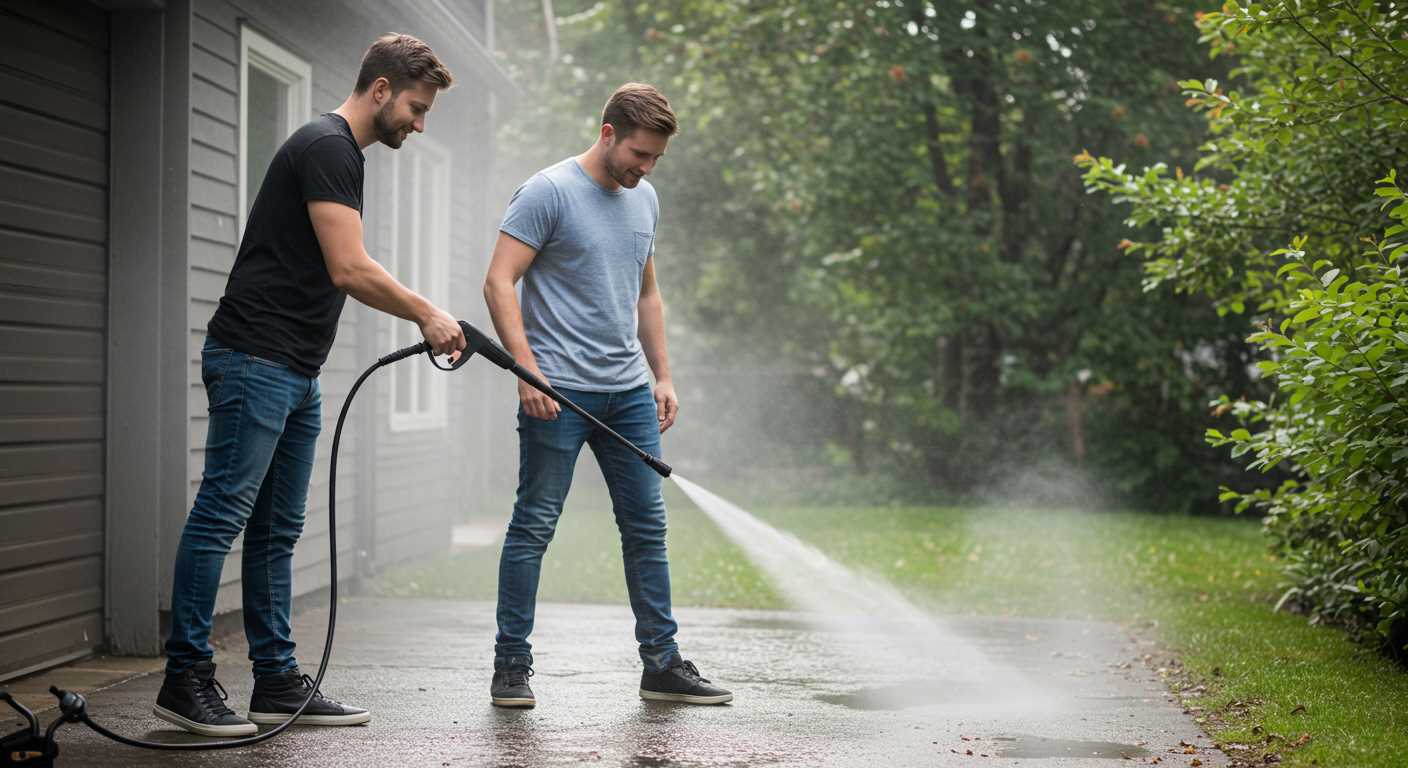
The motor generates power for operation, while the pump amplifies water force. Types of pumps vary, typically including axial and triplex designs. Triplex pumps are often preferred for their durability and ability to handle greater workloads.
Hose and Nozzle
The hose transports water from the unit to the cleaning surface. Hoses come in different lengths and materials; reinforced models withstand higher stresses and prevent kinks. The nozzle adjusts spray patterns to suit various tasks, with options ranging from fan to pinpoint jets for targeted cleaning.
| Component | Function | Material |
|---|---|---|
| Motor | Generates power | Electric or petrol |
| Pump | Amplifies water force | Brass or aluminium |
| Hose | Transfers water | Reinforced rubber or PVC |
| Nozzle | Adjusts spray pattern | Plastic or metal |
| Detergent Tank | Holds cleaning solution | Plastic |
Understanding each part allows for better care and efficient use of the cleaner. Regularly check hoses and connections for leaks, and clean the nozzle to maintain optimal performance.
Water Pressure Generation in Cleaning Machines
When exploring the mechanism behind these units, it’s essential to understand the role of the water pump. This component is the heart of the system, where water is drawn in and transformed into a powerful stream. A robust electric motor or gasoline engine drives the pump, which is typically a positive displacement type. These pumps excel in compressing water and elevating its force, making them ideal for intense cleaning tasks.
Types of Pumps and Their Operation
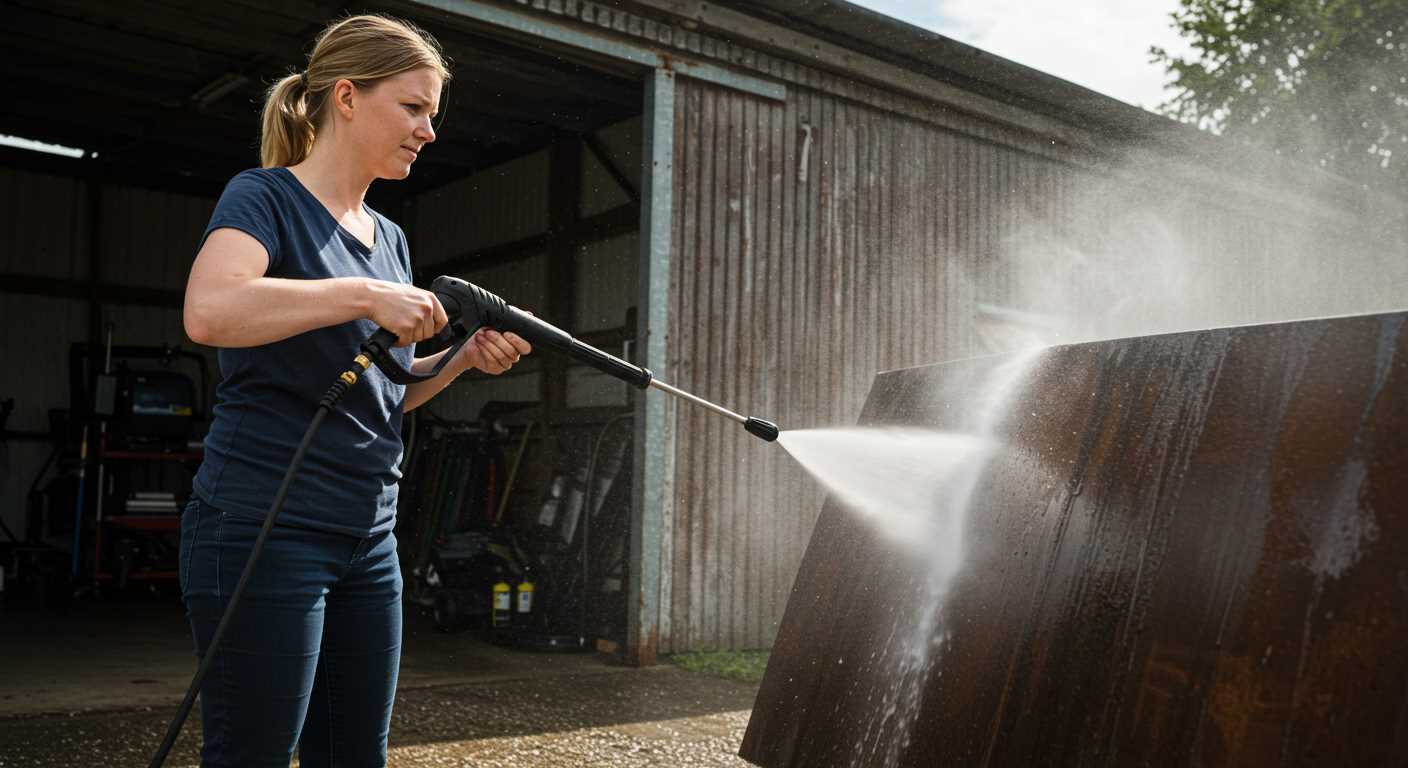
Two main types of pumps dominate the market: axial cam pumps and triplex pumps. Axial cam variants are simpler and more economical, suitable for light to moderate cleaning jobs. They operate by a rotating cam that drives pistons, creating pressure. In contrast, triplex pumps feature three pistons and offer higher efficiency and durability, making them favourites for heavy-duty applications. The design enhances the water’s velocity and pressure, critical for tackling stubborn dirt and grime.
Pressure Regulation and Control
Pressure regulation is another vital aspect. Many machines include a pressure switch or an adjustable unloader valve. These components maintain consistent pressure during operation, preventing spikes that could damage the unit or compromise cleaning effectiveness. By adjusting the settings, users can tailor the intensity of the water stream for various surfaces, from delicate painted finishes to rugged concrete.
The Role of the Electric Motor or Engine in Powering the Washer
The electric motor or engine serves as the core power source, converting electrical energy into mechanical energy. This conversion is crucial for generating the force needed to propel water through the system at high velocities. In many models, electric motors are preferred for their ability to deliver a consistent and reliable output without the need for fuel, making them user-friendly and maintenance-light.
The wattage of the motor directly influences the performance capabilities. Generally, higher wattage translates to increased flow rates and more vigorous water output, which is particularly important for tackling stubborn grime and dirt. Motors with variable speed settings can offer flexibility, enabling users to adjust water output according to the specific task at hand.
In gas-powered versions, the engine operates similarly, providing the necessary thrust by igniting a fuel-air mixture, which drives pistons. The choice between electric and gas models hinges on factors such as mobility, noise levels, and the environments they are suited for. Electric motors excel in residential environments due to their quieter operation, while gas engines offer portability and more robust power for demanding applications.
Technology advancements have led to the development of brushless motors in some premium models, which enhance efficiency and longevity by reducing wear and tear. These motors also generate less heat, thus prolonging operational life and reducing the need for frequent replacements.
In summary, the motor or engine is indispensable in establishing the cleaning capability of the unit. Understanding its specifications helps make informed decisions based on cleaning requirements and intended use scenarios.
Nozzle Types Influence Cleaning Performance

Choosing the right nozzle is paramount for optimal cleaning outcomes. Different designs affect the concentration of water flow, impacting efficiency and effectiveness against various surfaces and contaminants.
Types of Nozzles
- Turbo Nozzle: Produces a spinning jet that combines the force of a narrow spray with increased coverage. Perfect for stubborn grime on hard surfaces.
- Flat Fan Nozzle: Distributes water in a fan-like pattern. Ideal for broad surfaces like driveways, as it covers a wide area without excessive pressure.
- Adjustable Nozzle: Offers versatility by allowing adjustments between different spray patterns. Suitable for varying tasks, from light cleaning to heavy-duty applications.
- Soap Nozzle: Designed for applying cleaning agents. The wider spray helps to mix soap with water, ensuring even distribution on surfaces.
Choosing the Right Nozzle for Your Task
- Select a nozzle that matches the surface material; harder materials require a more forceful spray, while delicate surfaces need gentler options.
- For grime and stuck-on debris, opt for a turbo nozzle for its high impact. This is particularly useful for patios and driveways.
- Utilize flat fan nozzles for expansive areas, as they reduce cleanup time significantly.
- When using detergents, employ a soap nozzle to ensure optimal application and effectiveness of cleaning solutions.
In conclusion, understanding nozzle types and their applications allows for tailored cleaning strategies, leading to better outcomes in various conditions. Always consider the task at hand and test different options to identify the best fit for your cleaning needs.
Maintaining and Troubleshooting Common Issues with Pressure Cleaners
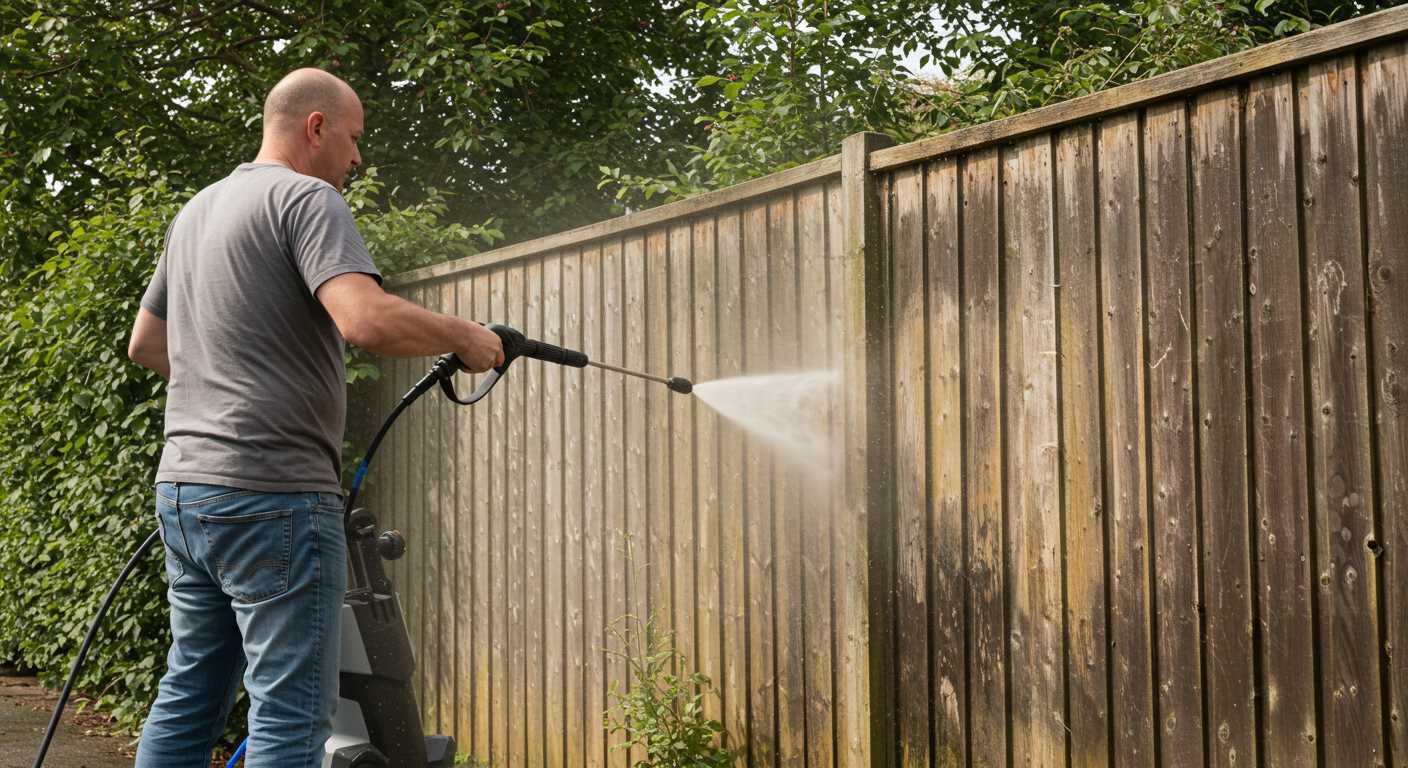
Regular maintenance is crucial. First, ensure you check the oil levels in gas models. Change the oil annually for optimal engine performance. For electric types, inspect the power cord for any fraying or damage, which can hinder operation.
Common Problems Encountered
Inconsistent water flow can often arise from clogged filters or hoses. Examine the inlet filter and clean it to restore proper flow. If the unit fails to start, check the power source. Confirm that the outlet is functional and that any extension cords used are suitable for the load.
If the motor runs but no cleaning fluid is emitted, the nozzle may be blocked. Detach and clean the nozzle with a small pin or brush to eliminate debris. Water leakage usually indicates worn seals or hose connections. Tightening the connections often solves the issue, but replacing worn components is necessary for a lasting fix.
Long-Term Solutions
Store equipment properly during off-seasons. Empty the water tank and run the system briefly to expel leftover liquid; this prevents freezing and damage to internal components. Regularly inspect hoses for wear or cracking and replace them as needed to ensure smooth operation during use.
Lastly, keeping the cleaning solution tank clean and using the correct formulations will prolong the life of seals and components, enhancing overall performance during use.
Safety Considerations When Using High Pressure Cleaners
Always wear appropriate personal protective equipment (PPE). This includes safety goggles to shield your eyes from debris and water, gloves to protect your hands, and sturdy footwear to ensure slip resistance. It’s crucial to keep your feet firmly grounded while working with a powerful machine.
Never point the nozzle at yourself or others. The force of the water can cause serious injuries, even at substantial distances. Maintain a minimum distance between the nozzle and the surface you’re cleaning to avoid damage and maintain control.
Electrical and Fuel Safety
Ensure all electrical connections are secure before use. Use an extension cord rated for outdoor use that matches the amperage of your equipment to prevent shorts or overheating. For combustion engine models, inspect fuel lines and tanks for leaks; storing fuel safely is paramount to prevent fires.
Environment and Equipment Checks
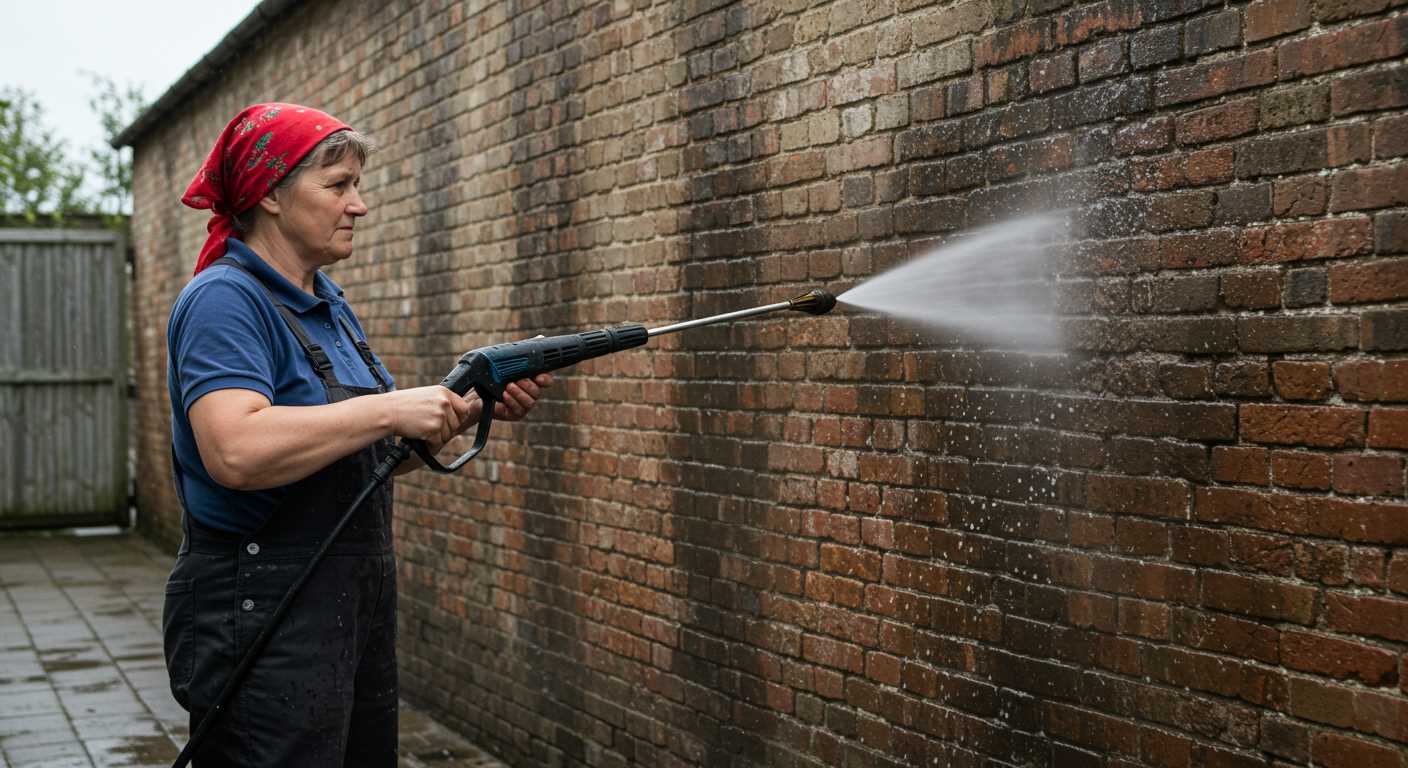
Inspect the area before starting. Remove any obstacles, such as furniture or debris, that could become projectiles. Be cautious of slippery surfaces when water is sprayed. Regularly check hoses and connectors for wear and tear to avoid leaks, which can lead to reduced performance and safety risks.









